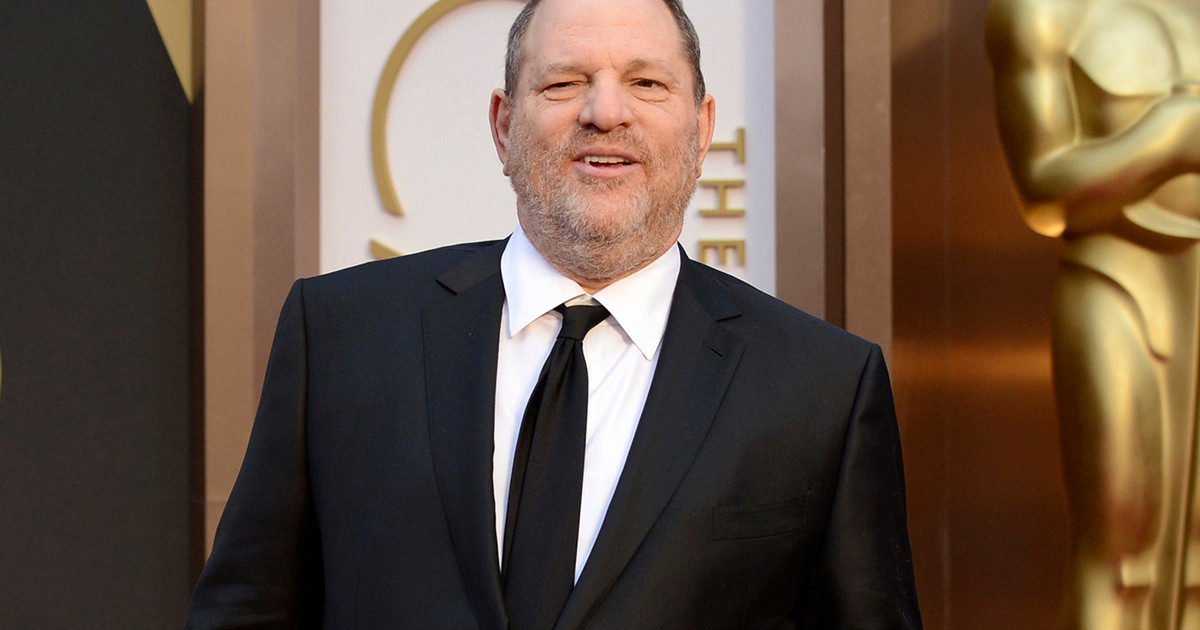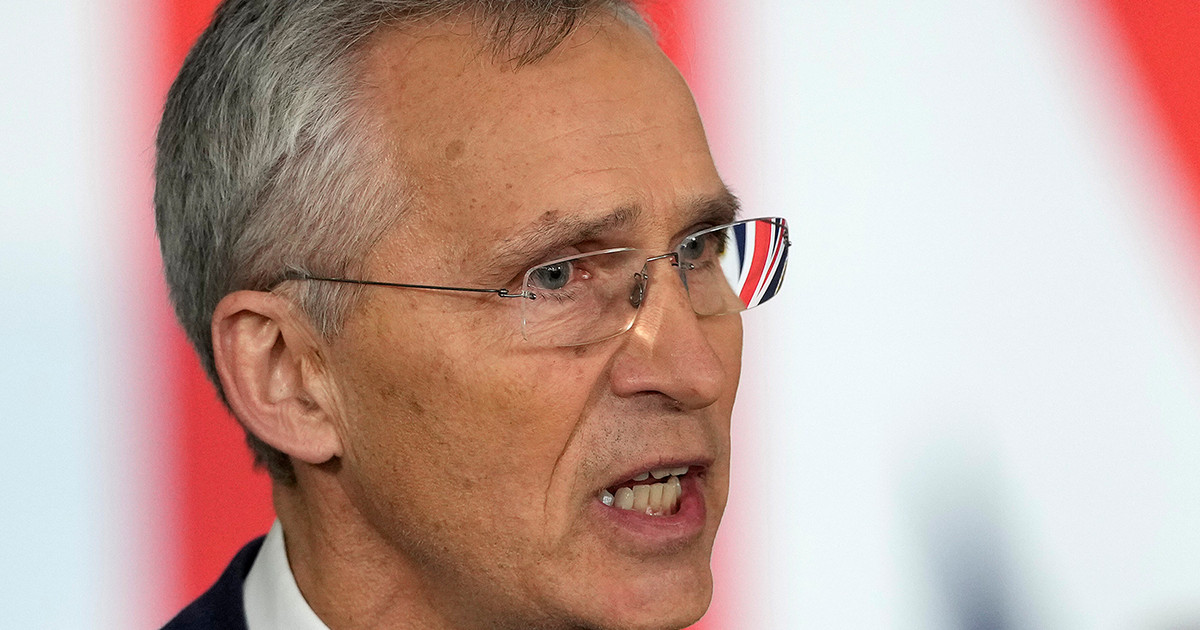With gasoline and diesel hitting record highs in 2022, government and congressional proposals to try to lower fuel prices have grown. The movement, however, does not occur only in Brazil.
In the United States, for example, the average price of a gallon of gasoline surpassed $5 for the first time . Behind this is a common cause: the surge in oil between 2020 and 2022. The Brent barrel surpassed US$ 100 this year for the first time since 2008, driven by a mismatch between supply and demand in the pandemic and the war in ukraine .
Although the phenomenon is global, the way each country deals with rising fuel prices varies. Some chose not to intervene on prices, while others use mechanisms ranging from stabilization funds to tax cuts.
In Brazil, the focus has been on changing the incidence of taxes on gasoline, diesel and LPG. In March of this year, it was sanctioned a project which provides for a one-time collection of ICMS (Tax on Circulation of Goods and Services). The measure also reduces PIS/Cofins rates for diesel to zero.
This month, Congress passed a bill which establishes a definitive ceiling of 17% in the collection of ICMS for fuel, energy, transport and telecommunications. In practice, the measure reduces the incidence of the state tax on gasoline.
Another project under discussion — the Fuels PEC — would involve the temporary suspension of PIS/Cofins and Cide for gasoline and ethanol and the creation of a compensation fund for states that choose to exempt this year from charging ICMS on diesel and LPG. . The proposal may also include a aid for truck drivers deal with the rise in diesel and an increase in the value of the so-called gas voucher.
Strategies around the world
William Nozaki, technical coordinator of the Institute for Strategic Studies in Petroleum, Natural Gas and Biofuels (Ineep), says that projects on the subject have spread around the world.
Nozaki has produced a preliminary survey since the end of 2021 to identify in which parts of the world measures have been implemented to contain fuel prices.
At Asia he cites as an example the fuel tax cut that took place in India and on South Korea , where the reduction reached about 20%. already the Japan implemented a subsidy program to cover the energy costs of sectors such as transport, in addition to subsidizing the bills of the low-income population.
THE thailand also cut taxes, but only on diesel, and created a price cap at gas stations. already the China reduced tariffs and increased the supply of credit to cover energy-related costs.
In America, he cites the case of Mexico which decided to set a price ceiling for gas, which varies depending on each region of the country.
At the Ecuador President Guillermo Lasso determined that the country will not make further adjustments in fuel amid protests by indigenous groups against rising prices.
In Argentina, transporters blocked the country’s highways in protest against diesel shortages and escalating prices. They advocate that tariffs be proportionate to the increase in fuel.
Nozaki states, however, that the region with the most projects is the Europe . “It is the region most affected, most vulnerable by the war in Ukraine and by Europe’s dependence on Russia for gas”, he assesses.
At Estonia a subsidy was created for low-income families to purchase fuel or pay energy bills. THE Finland created a corporate earnings tax to finance energy subsidies, while the France temporarily froze prices in the second half of 2021.
countries like Greece and Ireland also increased existing subsidies for low-income families, while the Italy started to encourage the adoption of renewable energies to reduce dependence on oil.
Even Norway , a major oil producer, decided to increase social benefits and cut electricity taxes, while the Netherlands cut fuel taxes. At the UK a support fund was created for vulnerable families, paying part of the electricity and gas bills.
There is also the case of Portugal which implemented a kind of exclusive voucher for the purchase of fuel, provided by the government and financed by the increase in revenue from fuel taxes.
in the case of United States , Nozaki cites the Joe Biden administration’s effort to reduce dependence on fossil fuels by expanding renewable sources. More recently, the president asked Congress to pass a project that would suspend for three months the collection of a federal tax on gasoline.
Ways to deal with fuel prices
Edmar Almeida, a professor at UFRJ, says that some countries already had measures to try to contain prices before the pandemic. This is the case of Chile, Peru and Colombia, which have price stabilization funds, or European countries that have taxes on flexible fuels.
In this case, the amount of the fee depends on the price of oil. If the commodity goes up, the tax goes down. The variance can be determined arbitrarily by the government or by following calculation formulas.
“The price of oil has gone up a lot. It is unthinkable for the energy planning of practically all countries, and they need to deal with it via policies to avoid fuel inflation affecting the internal market. It could be tax waivers, tax exemptions, releasing reserves, subsidies or price controls,” says Nozaki.
All these cases show, according to the researcher, that Brazil is not alone in its attempts to reduce the impact of oil prices on fuel.
Almeida recalls that this movement is not exactly new. In 2018, during the truck drivers strike the government implemented a subsidy for the diesel bearing a part of the value so that importers and producers would not pass it on in full to consumers.
However, the project was terminated in 2019 due to a number of factors. The professor cites the rise in diesel prices abroad, which made the price discount small, the bureaucratic process to enter the program and the uncertainty about the transfer of lower values to the final consumer. Another price subsidy attempt came during the pandemic, with the gas ticket .
Nozaki says that countries most dependent on import oil companies tend to have less room for manoeuvre. In these cases, the focus ends up being on fiscal measures, such as subsidies and tax cuts.
Large producers, on the other hand, are able to react better, especially those with many refineries. The most common is the presence of a large state-owned company, which gives up additional profits from this rise to hold back price increases.
Despite being a large producer and with a reasonable refining park, Brazil chose not to change its pricing policy. Petrobras which follows international parity, despite the intensification of criticism of President Jair Bolsonaro and the Speaker of the Chamber, Arthur Lira. Therefore, Nozaki says that the measures taken end up being similar to those of an importing country.
“The answer that Brazil is giving is not in the time and intensity necessary for a large producer country. It would have instruments such as price policy, but it is a sensitive topic, it involves market interests”, she says.
Learn more about oil and how its quotation works
Source: CNN Brasil
I am Sophia william, author of World Stock Market. I have a degree in journalism from the University of Missouri and I have worked as a reporter for several news websites. I have a passion for writing and informing people about the latest news and events happening in the world. I strive to be accurate and unbiased in my reporting, and I hope to provide readers with valuable information that they can use to make informed decisions.






